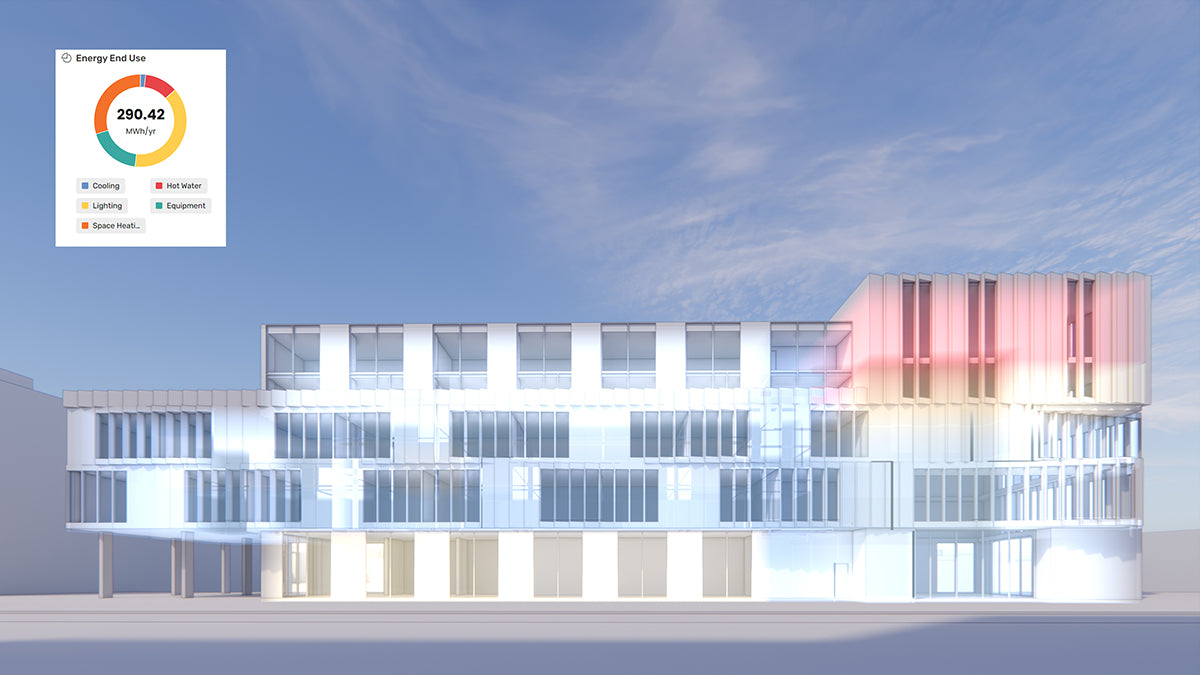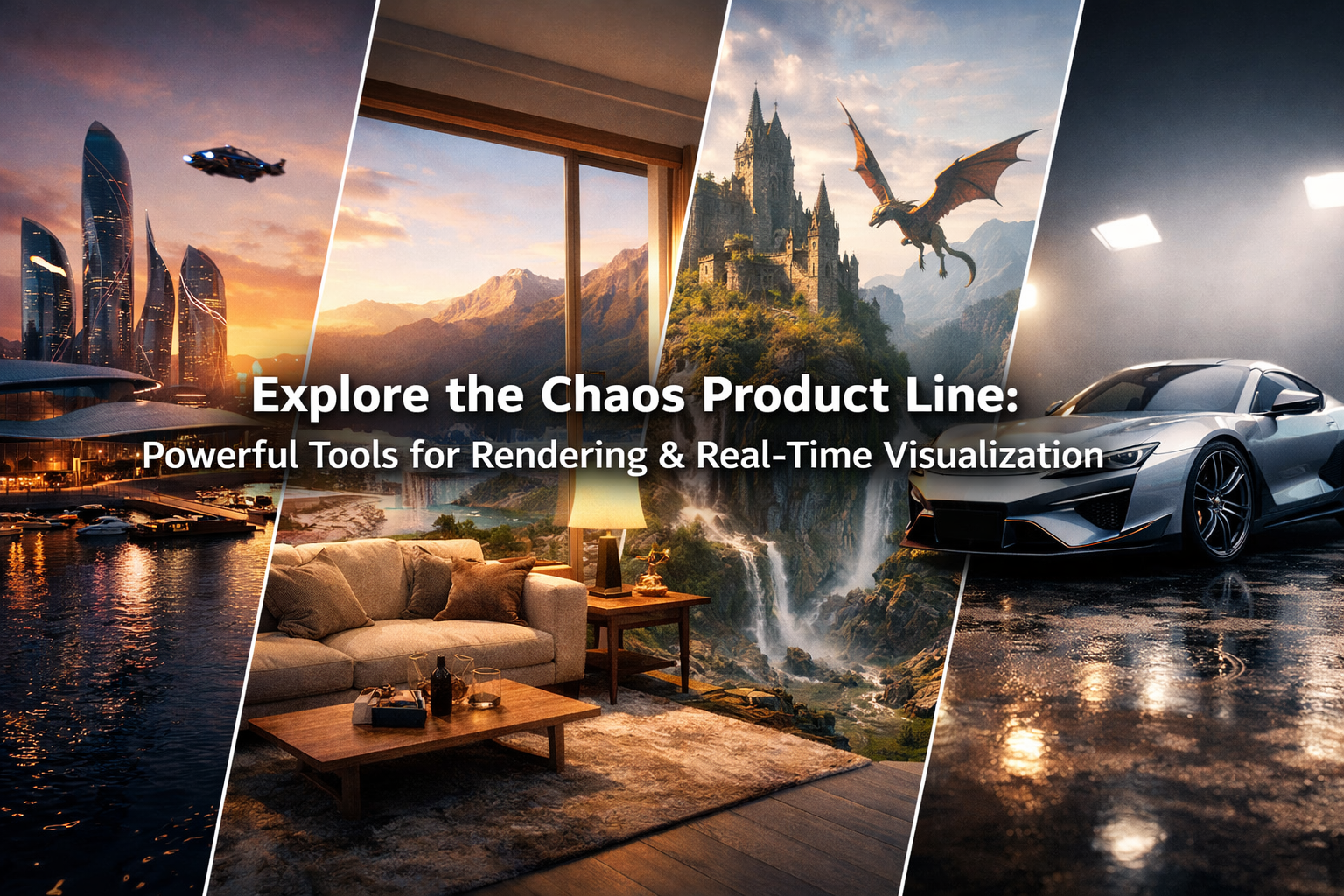Your Cart is Empty
Customer Testimonials
-
"Great customer service. The folks at Novedge were super helpful in navigating a somewhat complicated order including software upgrades and serial numbers in various stages of inactivity. They were friendly and helpful throughout the process.."
Ruben Ruckmark
"Quick & very helpful. We have been using Novedge for years and are very happy with their quick service when we need to make a purchase and excellent support resolving any issues."
Will Woodson
"Scott is the best. He reminds me about subscriptions dates, guides me in the correct direction for updates. He always responds promptly to me. He is literally the reason I continue to work with Novedge and will do so in the future."
Edward Mchugh
"Calvin Lok is “the man”. After my purchase of Sketchup 2021, he called me and provided step-by-step instructions to ease me through difficulties I was having with the setup of my new software."
Mike Borzage
How the AEC Industry Shifted Towards Essential Sustainable Building Design
August 15, 2024 4 min read


Over the past several years, the Architecture, Engineering, and Construction (AEC) industry has undergone a tangible shift, with sustainable building design evolving from an environmentalist's advocacy to a comprehensive industry standard. As the collective consciousness around climate change deepens, the impetus to design buildings that mitigate environmental harm has surged, placing eco-friendly practices at the forefront throughout a building's lifecycle.
What, then, defines sustainable building? The Environmental Protection Agency (EPA) encapsulates this as the creation and utilization of processes that are environmentally responsible and resource-efficient from a structure's conception through to its demolition. This progressive concept extends beyond traditional design metrics, encompassing aspects like economic viability, utility, resilience, and occupant comfort. A sustainable structure maintains harmony between minimizing ecological footprints and optimizing user well-being through meticulous planning and the deployment of efficiency-focused, conservation-based, and innovative strategies.
This guide intends to assist you in establishing realistic sustainability objectives for your ventures, navigating the essential principles and strategies to render your work resilient against the environmental exigencies of the future.
Setting Sustainable Design Goals
Defining precise sustainability objectives is vital for a project's environmental ambitions. Identifying relevant Key Performance Indicators (KPIs) is the initial step, as they are quantifiable metrics that gauge a project's sustainability performance, such as energy conservation, waste reduction, or fostering a healthful indoor milieu. Selecting appropriate KPIs involves consideration of the project's context, including its geographic location and financial scope. Furthermore, formulating a sustainable design plan involves stakeholder engagement, a thorough site analysis to discern environmental opportunities, and the selection of strategies that address the KPIs.
It is imperative to establish a system for progress monitoring, which may entail regular energy audits to measure improvements and pinpoint further savings opportunities.
Sustainable Design Principles and Strategies
Let's now delve into actionable strategies that you can integrate into your projects, which are pivotal for sustainable design.
1. Integrating Renewable Energy Systems
The integration of renewable energy systems, such as solar panels or wind turbines, can reduce reliance on fossil fuels and diminish carbon emissions. These systems, particularly when paired with passive design techniques, offer reliable and cost-effective power solutions. The Bullitt Center in Seattle exemplifies this "net positive" energy approach.
2. Implementing Energy Efficiency Strategies
Utilizing natural sunlight to minimize artificial lighting needs, employing energy-efficient lighting systems like LED technology, and introducing high-performance HVAC systems are key strategies. Buildings like The Edge by PLP Architecture showcase how these systems can be successfully implemented.
3. Selecting Sustainable Materials and Construction Techniques
Opting for recycled or regionally sourced materials, coupled with sustainable construction methods, enhances the environmental stewardship of a project. The advanced rendering capabilities of current software help visualize the potential of these materials within your design.
4. Utilizing Water Conservation and Management Practices
Implementing water-efficient systems and managing stormwater through green infrastructure are essential for sustainable design. Technologies such as Enscape’s MEP capabilities can simplify the integration of complex plumbing systems that make use of greywater.
5. Creating Healthy and Productive Indoor Environments
Maximizing natural light and ventilation can lead to a significant enhancement of indoor environmental quality, as evidenced by spaces like the Amazon Spheres in Seattle. This approach includes biophilic design principles, which draw on nature to create more invigorating spaces.
6. Implementing Waste Reduction Systems
Effective waste management systems and the optimization of materials to minimize waste are part of a broader strategy of sustainable design. This approach supports the concept of a circular economy, extending the lifecycle of materials.
7. Maximizing Site Potential
Leveraging the natural landscape and employing climate-responsive design strategies optimize a building's sustainability. Technologies like Enscape with Revit can assist in visualizing the impact of sunlight and shadows, allowing for informed decisions that augment energy efficiency and comfort.
8. Designing for Resilience and Long-term Sustainability
Ensuring long-term sustainability requires the use of robust materials and the integration of flexible design elements. This forward-thinking approach, supported by technologies for monitoring and maintenance, ensures that buildings remain efficient over time.
9. Utilizing Technology for Smart Early Design Decisions
Technology is crucial for setting and achieving sustainability objectives. Tools like Enscape Impact, developed by IES and Chaos, enable the integration of energy analysis with real-time rendering, permitting early-stage decision-making that enhances energy efficiency and reduces carbon footprints.
Sustainable Building Certifications
Validation through certifications like LEED, BREEAM, Green Star, and the WELL Building Standard can guarantee that a building upholds high sustainability and environmental benchmarks.
Building a Greener Future: The Bottom Line
The imperative for sustainable building design is now an inextricable aspect of modern construction. By weaving ecological consciousness throughout a building's lifecycle and utilizing innovations like Enscape Impact for performance analysis, AEC professionals can craft edifices that stand as paragons of environmental stewardship and human-centric design.
To learn more about the latest and most advanced design software technology that can aid in your quest for sustainable building design, I urge you to contact our sales team at NOVEDGE.
Also in NOVEDGE Blog

Enhance Your Designs with VisualARQ 3: Effortless Geometry Extensions for Walls and Columns
April 30, 2025 8 min read
Read MoreSubscribe
Sign up to get the latest on sales, new releases and more …




